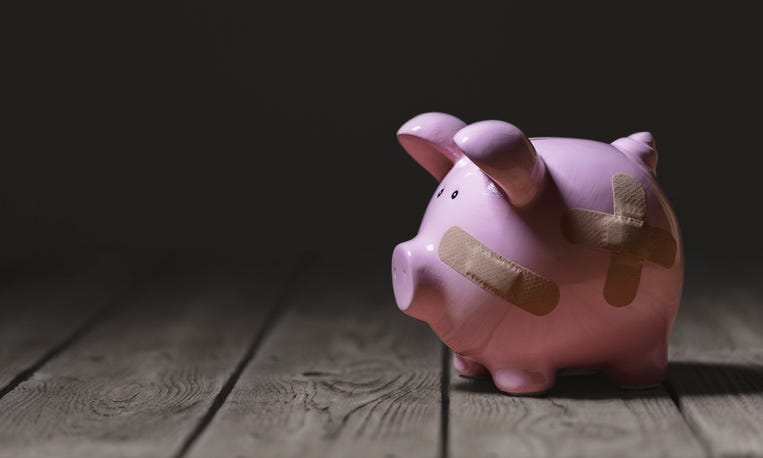
After another month of growth, economists are now pointing to signs that inflation may have peaked, but they do not think the return to normal will be speedy, instead predicting a slow decline in prices.
In June, the inflation rate hit 9.1% as consumer prices continued to soar and Americans continued to pay more at the pump, grocery store, and elsewhere than ever before.
Evercore ISI Chairman Ed Hyman is among those suggesting that we may have seen the peak of inflation, with several prices for key items falling across the board.
Most notably, gas prices have fallen around 10% since they topped out just above $5 a gallon in mid-June, AAA has reported. On top of gas, food costs are also down, with futures prices for wheat being down 37% since mid-May and corn down 27% since mid-June, The Wall Street Journal reported.
An often overlooked factor in prices is the cost of shipping, which has also seen a drop of 11.4% since last month with goods shipped from East Asia to the U.S. West Coast, according to Xeneta.
Still, a decrease in prices at or near all-time highs is not the only sign that inflation has topped out, as companies continue to regain their footing while working through backlogs and supply chain issues.
Hyman shared with the Journal that money-supply growth has slowed sharply and could be one of the first signs that monetary tightening is starting to bite.
When looking at core inflation, the trend was down to 5.9% in June from its March peak of 6.5%. Core inflation removes energy and food prices which are seen as volatile.
A consumer-sentiment survey from the University of Michigan has shown that inflation expectations have fallen from 3.1% in June to 2.8% in late June and early July. The Federal Reserve has seen this as a good sign, as it believes the number influences wage and price setting behavior.
The Fed has increased interest rates twice since February in an effort to curb inflation, and chairman Jerome Powell has shared that until the evidence is clear and convincing that price pressures are subsiding, key interest rates will stay where they are.
“The moment of truth comes at the end of this year,” Hyman told the Journal. “If the Fed keeps on raising rates, then they’d invert the yield curve. I think that would increase the odds of recession enormously. It would probably also lower inflation, although it also seems to already be slowing, and will probably be even slower by then.”
LISTEN on the Audacy App
Sign Up and Follow Audacy
Facebook | Twitter | Instagram

